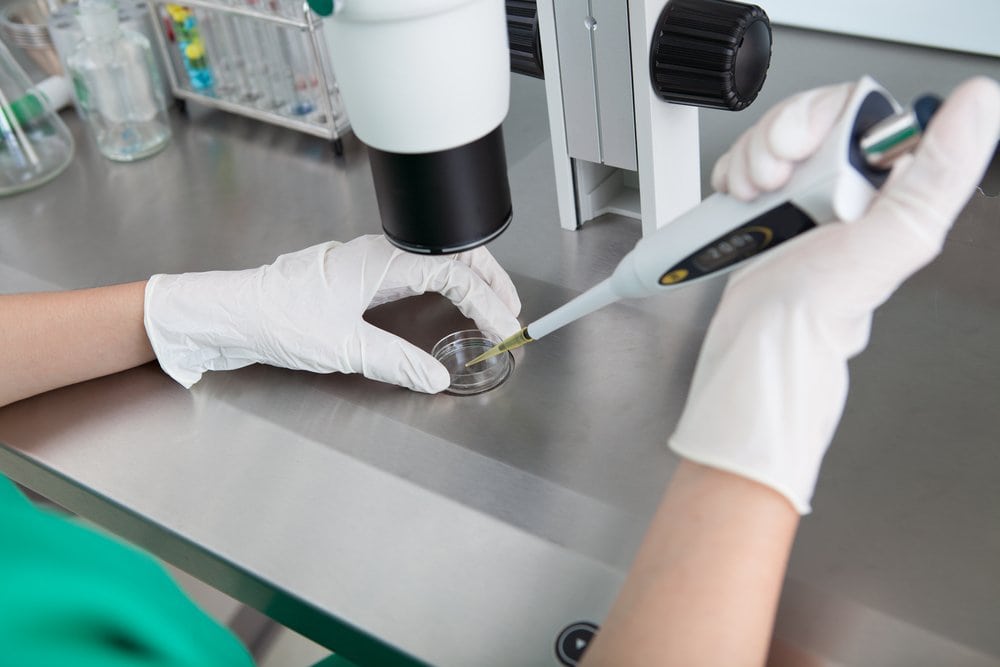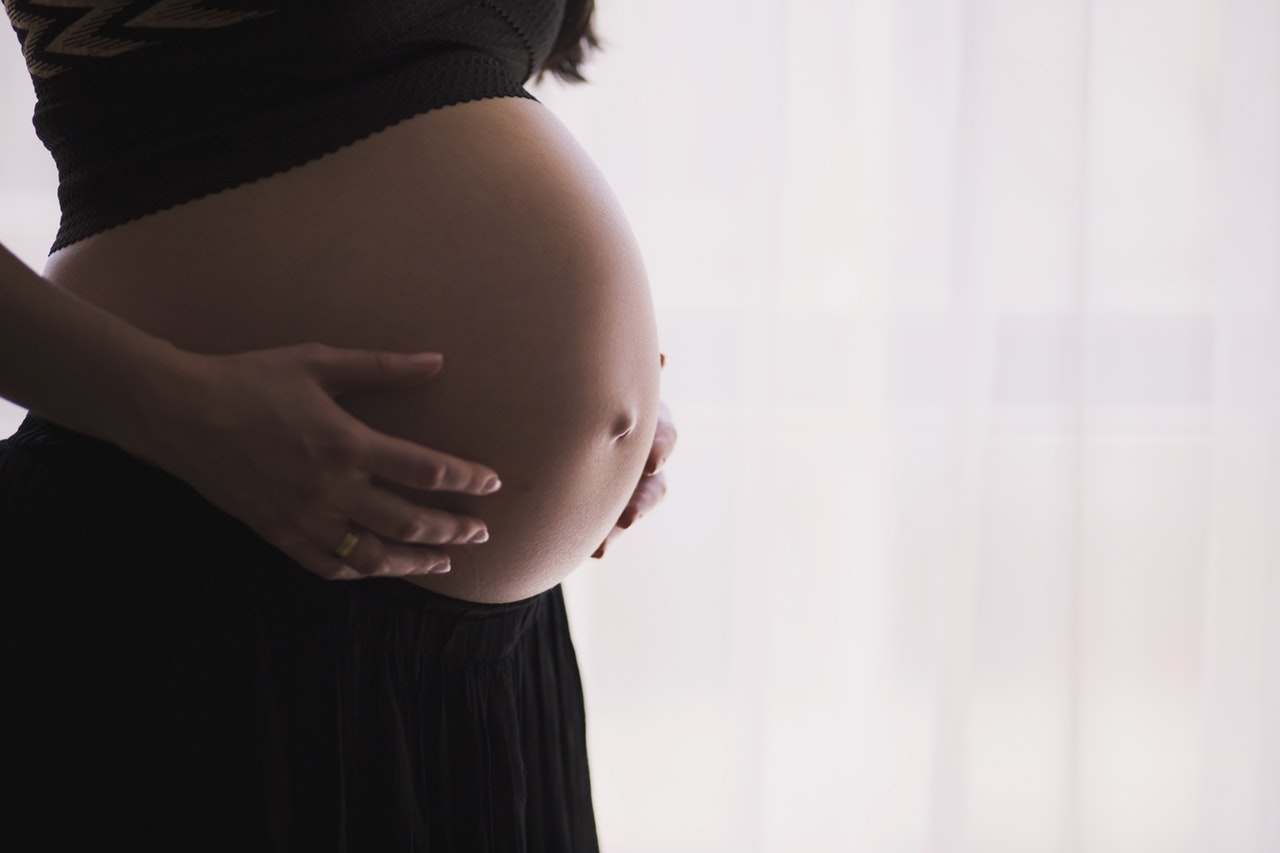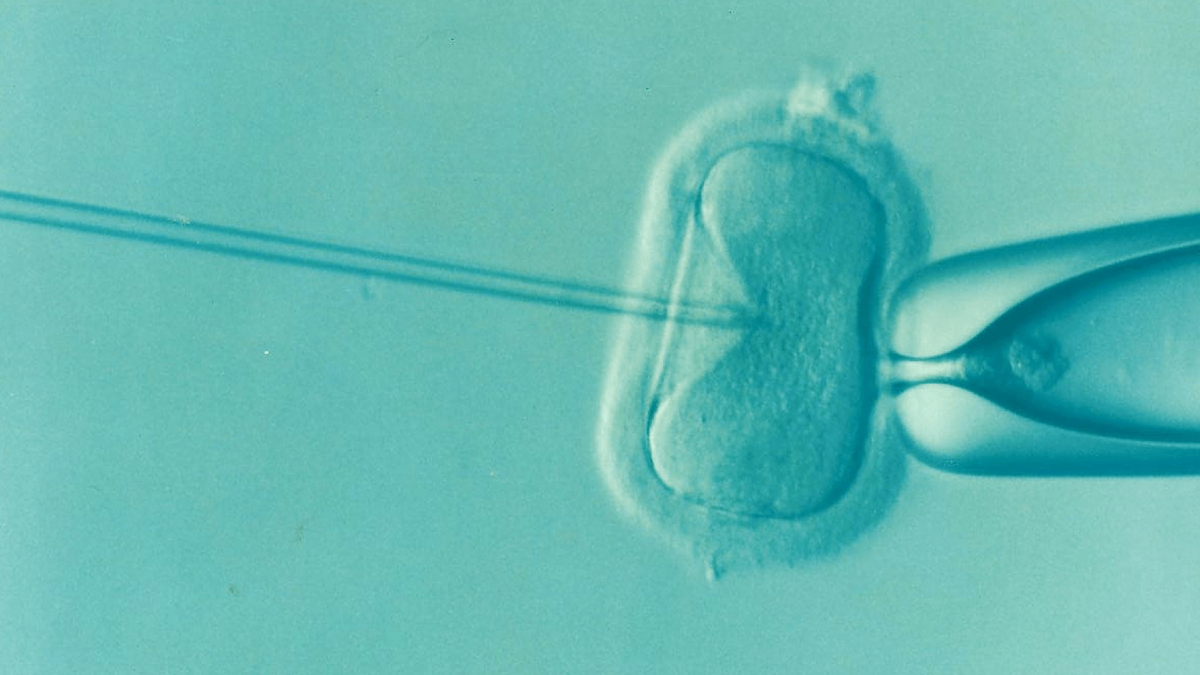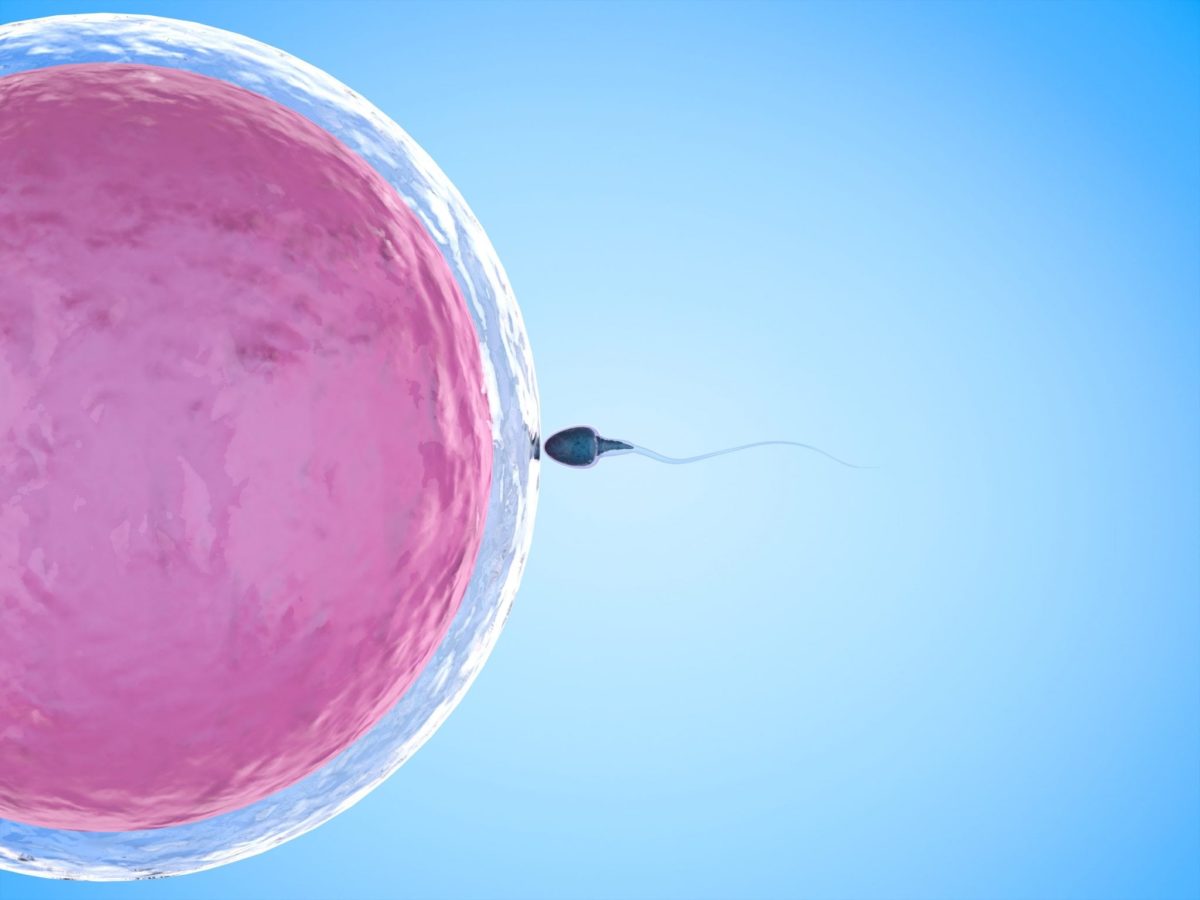
How Air Quality Effects In Vitro Fertilization Process
During the process of in vitro fertilization (IVF), labs try to mimic the human body as closely as possible. Factors like light and temperature are commonly understood and easy to replicate, but air quality can be a mystery.
Light is a factor in IVF because embryos are found inside the human body, therefore their exposure to light must be limited in the lab. It’s the same case with temperature: due to where fertilization naturally takes place, body temperature must be carefully maintained.
Air quality has been proven to be a strong factor in the IVF process. Improving air quality in labs leads to better embryo development and higher pregnancy rates. PCRM’s embryologist Emily Tiemann explains how air quality affects IVF, and what labs do to limit possible contaminations.
Scent-Free Facility
PCRM as a whole as well but especially the lab are scent-free. Both laboratory staff and patients are asked to not wear anything that has a scent: perfumes, deodorants, colognes, or body lotions. Scents release volatile organic compounds (VOCs), exposure to which can have an effect on the growth of embryos. In addition, staff are asked to use scent-free laundry detergent and to have inside-lab-only scrubs and shoes. Since airborne chemicals can find their way anywhere despite filters and sterilizing tactics, taking these extra steps further ensures a cleaner air environment for better embryo development.
Surroundings
Staff are aware of what is happening inside the building, but they also need to be aware of their external surroundings, including renovations being done nearby, to ensure air quality remains intact. “Control of air quality in an assisted reproductive technology laboratory” is an article published by Fertility and Sterility, which found that when the IVF lab was undergoing renovations, clinical pregnancy rates decreased due to construction odors from dust and paint, which released VOCs. But following the improvement in the lab (a new cleanroom was built to improve air quality), clinical pregnancy rates increased.
When PCRM opened in 2006, PCRM Edmonton’s lab director Carole Lawrence studied the air quality in the lab, the results of which can be seen in the paper “VOC Levels in a New IVF Laboratory With Both Central and In-Laboratory Photocatalytic Air Purification Units”. This paper showed that thanks to careful planning and construction, the lab was ready to accept patients in a well ventilated, clean facility with no adverse effects on results.
Cleaning
IVF labs have to be extremely careful when using cleaning products, because these also contain VOCs that can affect embryos. 70% alcohol is only used to clean when embryos are safely in the incubators, so that there is no risk of contact. Since sterile cleaners and disinfectants are used in the recovery room, the door connecting the lab to the OR is kept closed between patients to prevent too many VOCs from entering the lab. To help keep the outside air from coming into the lab, PCRM also uses positive, meaning there is constant positive pressure from the lab to the OR, and positive pressure from the OR to the rest of the clinic.
Labs and Testing
All of the above items are additional precautions taken to prevent potential contaminants from leaking in, but labs should always have systems in place to filter air. At PCRM, Grade 1 HEPA filters have been installed in the ceiling, UV sterilizing bulbs that disinfect the air are used, and there are portable air filters inside the lab that clean out VOCs. Embryos are only taken out and manipulated inside chambers called ‘isolettes’ or ‘IVF chambers’, which are temperature and gas-controlled and have another layer of HEPA filters.
Air quality and ambient air are often overlooked factors when it comes to IVF, yet they play an equally important role to light and temperature. Embryology staff handle everything delicately, taking every precaution to ensure the best possible results for patients. Extra steps are continuously taken to ensure high pregnancy rates and a clean air environment.
Related Posts
Categories
About the PCRM Blog
Welcome to the Pacific Fertility Centre for Reproductive Medicine Blog! Nationally and internationally recognized for providing exceptional reproductive care, our team believes in empowering people with the knowledge they need to navigate their unique fertility journeys.
From information on the latest fertility treatments to valuable insights on egg donation, surrogacy, and everything in between, the Pacific Centre for Reproductive Medicine Blog is your ultimate resource for all things reproductive care and support. Read on to learn more, and contact us today if you have any questions or want to schedule a new patient appointment.



